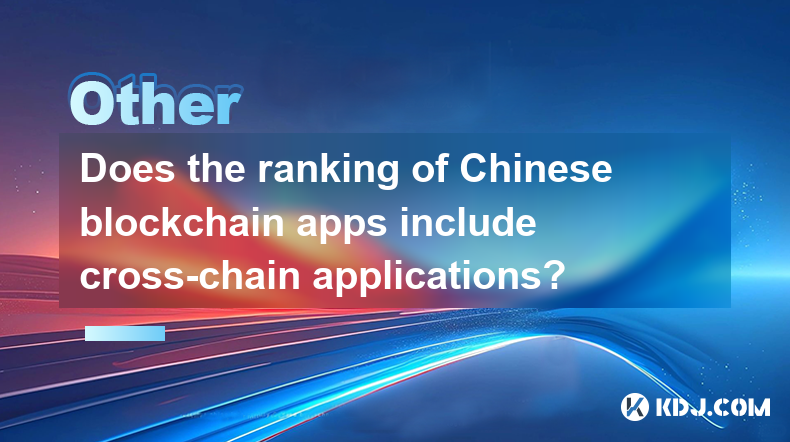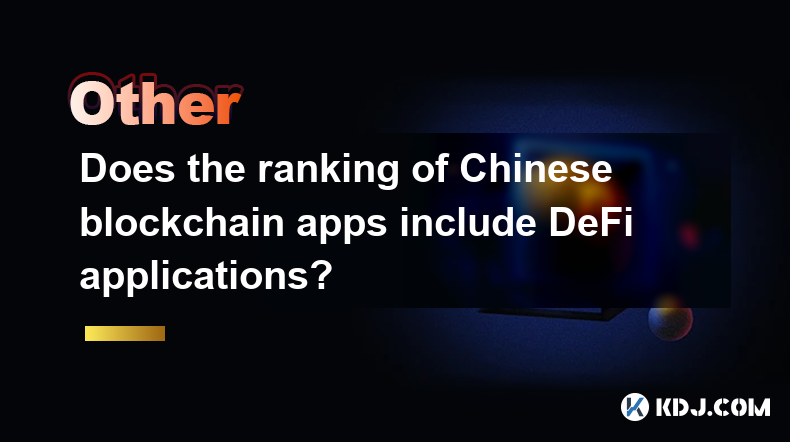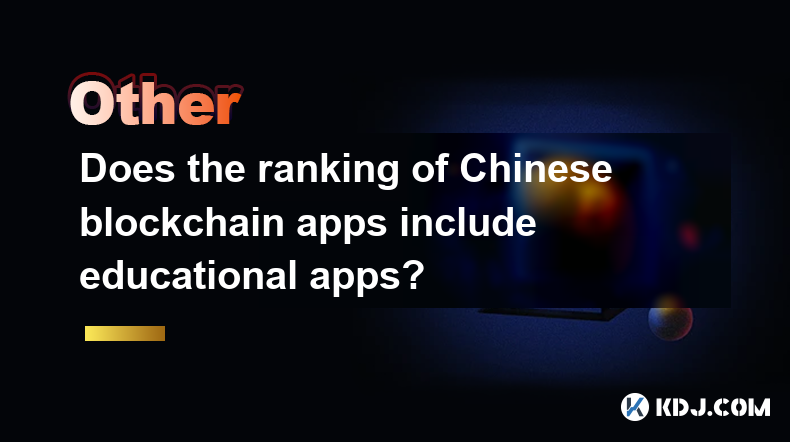-
 Bitcoin
Bitcoin $84,566.1805
-0.57% -
 Ethereum
Ethereum $1,592.2699
-0.60% -
 Tether USDt
Tether USDt $0.9999
0.00% -
 XRP
XRP $2.0827
0.05% -
 BNB
BNB $595.0697
0.54% -
 Solana
Solana $133.8668
-0.51% -
 USDC
USDC $0.9999
0.01% -
 Dogecoin
Dogecoin $0.1581
0.11% -
 TRON
TRON $0.2414
-3.25% -
 Cardano
Cardano $0.6267
0.55% -
 UNUS SED LEO
UNUS SED LEO $9.2366
2.17% -
 Chainlink
Chainlink $12.5949
0.15% -
 Avalanche
Avalanche $19.1131
-0.90% -
 Toncoin
Toncoin $3.0082
1.10% -
 Stellar
Stellar $0.2418
0.58% -
 Shiba Inu
Shiba Inu $0.0...01233
3.67% -
 Hedera
Hedera $0.1654
1.00% -
 Sui
Sui $2.1393
-0.24% -
 Bitcoin Cash
Bitcoin Cash $342.0697
2.59% -
 Litecoin
Litecoin $76.9074
1.71% -
 Polkadot
Polkadot $3.6967
1.20% -
 Hyperliquid
Hyperliquid $16.8937
0.83% -
 Dai
Dai $0.9999
-0.03% -
 Bitget Token
Bitget Token $4.3923
0.72% -
 Ethena USDe
Ethena USDe $0.9991
0.00% -
 Pi
Pi $0.6199
0.69% -
 Monero
Monero $217.2905
0.20% -
 Uniswap
Uniswap $5.1988
-0.89% -
 Pepe
Pepe $0.0...07244
-1.72% -
 OKB
OKB $50.5192
-0.32%
What is the Byzantine Generals Problem for blockchain?
The Byzantine Generals Problem, crucial for blockchain security, is addressed by consensus mechanisms like PoW and PoS, ensuring network integrity despite malicious actors.
Apr 12, 2025 at 03:29 am

The Byzantine Generals Problem is a classic concept in computer science that has significant implications for the blockchain and cryptocurrency space. In essence, it describes a scenario where multiple parties must coordinate their actions to achieve a common goal, but some parties may be unreliable or malicious. In the context of blockchain, understanding and solving this problem is crucial for maintaining the integrity and security of decentralized networks.
Origins and Concept of the Byzantine Generals Problem
The Byzantine Generals Problem was first introduced by Leslie Lamport, Robert Shostak, and Marshall Pease in their 1982 paper titled "The Byzantine Generals Problem." The problem is illustrated through a metaphor involving several generals of the Byzantine army, each commanding a portion of the army, who must decide whether to attack or retreat. The challenge arises because some generals might be traitors who can send false messages, making it difficult for the loyal generals to reach a consensus.
In the realm of blockchain, this translates to nodes in a network needing to agree on the state of the ledger despite the presence of malicious actors. The problem becomes more complex as the number of nodes increases, and the need for a solution becomes paramount to ensure the reliability of decentralized systems.
Relevance to Blockchain Technology
Blockchain technology relies heavily on achieving consensus among a network of nodes, which makes the Byzantine Generals Problem highly relevant. Each node in a blockchain network can be seen as a general, and the consensus mechanisms employed by blockchains are essentially solutions to this problem. The goal is to ensure that all honest nodes agree on the same version of the ledger, even if some nodes are compromised or acting maliciously.
Different blockchain networks employ various consensus mechanisms to address this issue. For instance, Bitcoin uses Proof of Work (PoW), while other networks like Ethereum 2.0 have adopted Proof of Stake (PoS). Each of these mechanisms has its own approach to solving the Byzantine Generals Problem, with varying degrees of effectiveness and efficiency.
Proof of Work (PoW) and the Byzantine Generals Problem
Proof of Work (PoW) is one of the earliest and most well-known solutions to the Byzantine Generals Problem in blockchain technology. In PoW, miners compete to solve complex mathematical puzzles, and the first to solve it gets to add a new block to the blockchain. This process requires significant computational power, making it costly for malicious actors to attempt to manipulate the network.
In the context of the Byzantine Generals Problem, PoW ensures that the majority of the network's computational power is controlled by honest nodes. If a malicious actor attempts to alter the blockchain, they would need to control more than 50% of the network's computational power, which is economically and technically challenging. This mechanism effectively mitigates the risk posed by Byzantine faults, where nodes might behave unpredictably or maliciously.
Proof of Stake (PoS) and the Byzantine Generals Problem
Proof of Stake (PoS) is another consensus mechanism designed to address the Byzantine Generals Problem. Unlike PoW, PoS does not rely on computational power but instead on the economic stake that validators have in the network. Validators are chosen to create new blocks based on the amount of cryptocurrency they hold and are willing to "stake" as collateral.
In PoS, the economic incentive to act honestly is significant. Validators who attempt to manipulate the blockchain risk losing their staked assets. This mechanism aligns the interests of the validators with the integrity of the network, effectively solving the Byzantine Generals Problem by making it economically unfeasible for malicious actors to compromise the system.
Practical Byzantine Fault Tolerance (PBFT)
Practical Byzantine Fault Tolerance (PBFT) is another approach to solving the Byzantine Generals Problem, particularly in permissioned blockchain networks. PBFT is designed to work in systems where the number of nodes is known and fixed, and it can tolerate up to one-third of the nodes being faulty or malicious.
In PBFT, nodes go through a series of rounds of communication to reach a consensus. The process involves a leader proposing a value, followed by multiple rounds of voting and confirmation among the nodes. If the majority of nodes agree on the proposed value, it is accepted as the consensus. This method ensures that even in the presence of Byzantine faults, the network can still achieve a reliable consensus.
Byzantine Fault Tolerance in Cryptocurrency Networks
In the world of cryptocurrencies, Byzantine Fault Tolerance (BFT) is crucial for maintaining the security and integrity of transactions. Cryptocurrencies like Bitcoin and Ethereum rely on BFT to ensure that transactions are processed correctly and that the ledger remains consistent across all nodes.
For instance, Bitcoin's PoW mechanism ensures that even if some miners attempt to double-spend or alter the blockchain, the majority of honest miners will continue to validate and add legitimate transactions. Similarly, Ethereum's transition to PoS aims to enhance its BFT capabilities by making it more difficult for malicious actors to control the network.
Challenges and Limitations
While various solutions to the Byzantine Generals Problem exist, they are not without challenges and limitations. Proof of Work, for example, is energy-intensive and can lead to centralization as larger mining pools gain more control over the network. Proof of Stake faces the "nothing at stake" problem, where validators might vote for multiple conflicting versions of the blockchain without incurring significant costs.
Practical Byzantine Fault Tolerance is effective in smaller, permissioned networks but can become less efficient as the number of nodes increases. Each of these solutions must balance security, scalability, and efficiency, and the choice of consensus mechanism depends on the specific requirements and constraints of the blockchain network.
Frequently Asked Questions
Q: How does the Byzantine Generals Problem affect the security of a blockchain network?
A: The Byzantine Generals Problem directly impacts the security of a blockchain network by highlighting the challenges of achieving consensus in the presence of malicious actors. Solutions like Proof of Work, Proof of Stake, and Practical Byzantine Fault Tolerance are designed to mitigate these risks by ensuring that the majority of nodes agree on the state of the ledger, thereby maintaining the integrity and security of the network.
Q: Can the Byzantine Generals Problem be completely solved in blockchain networks?
A: While various consensus mechanisms provide effective solutions to the Byzantine Generals Problem, it cannot be completely solved in the sense of eliminating all risks. Each solution has its own trade-offs and limitations, and the effectiveness of these solutions depends on factors such as the number of nodes, the economic incentives in place, and the specific design of the blockchain network.
Q: How do different consensus mechanisms impact the scalability of a blockchain network?
A: Different consensus mechanisms have varying impacts on the scalability of a blockchain network. Proof of Work, for instance, can be less scalable due to its energy-intensive nature and the time required to solve complex puzzles. Proof of Stake, on the other hand, can be more scalable as it does not rely on computational power, but it may face challenges related to validator selection and network participation. Practical Byzantine Fault Tolerance is scalable in smaller networks but can become less efficient as the number of nodes increases.
Q: What role does economic incentive play in solving the Byzantine Generals Problem in blockchain networks?
A: Economic incentives play a crucial role in solving the Byzantine Generals Problem in blockchain networks. In Proof of Work, miners are incentivized to act honestly by the potential reward of receiving newly minted cryptocurrency and transaction fees. In Proof of Stake, validators are motivated to maintain the integrity of the network by the risk of losing their staked assets. These economic incentives align the interests of participants with the security and reliability of the blockchain, making it more difficult for malicious actors to compromise the system.
Disclaimer:info@kdj.com
The information provided is not trading advice. kdj.com does not assume any responsibility for any investments made based on the information provided in this article. Cryptocurrencies are highly volatile and it is highly recommended that you invest with caution after thorough research!
If you believe that the content used on this website infringes your copyright, please contact us immediately (info@kdj.com) and we will delete it promptly.
- Oregon AG Sues Coinbase Over Token Sales
- 2025-04-19 03:20:13
- Bank of America Is Attempting to Monopolize the Stablecoin Market
- 2025-04-19 03:20:13
- Bitcoin (BTC) price could take a hit after US Federal Reserve reports some of the worst manufacturing data in recent history
- 2025-04-19 03:15:13
- ADA Price Prediction: Bold Prediction Lit Up the Cardano Community This Week
- 2025-04-19 03:15:13
- Push For Bitcoin Reserve Gains Momentum In Brazil
- 2025-04-19 03:10:15
- HashKey Capital Launches Asia's First XRP Tracker Fund—with Ripple as an Early Investor.
- 2025-04-19 03:10:15
Related knowledge

Can ICOs in the blockchain space still make money?
Apr 17,2025 at 08:29pm
The landscape of Initial Coin Offerings (ICOs) in the blockchain space has evolved significantly since their peak in 2017 and 2018. Despite the increased regulatory scrutiny and the rise of alternative fundraising methods like Security Token Offerings (STOs) and Initial Exchange Offerings (IEOs), ICOs can still be a viable way to raise funds and generat...

Can the application of blockchain in supply chain finance bring benefits?
Apr 15,2025 at 04:00pm
Can the application of blockchain in supply chain finance bring benefits? The integration of blockchain technology into supply chain finance has garnered significant attention in the cryptocurrency and financial sectors. This article explores how blockchain can potentially revolutionize supply chain finance, detailing its benefits and providing a compre...

Does the ranking of Chinese blockchain apps include cross-chain applications?
Apr 14,2025 at 04:00pm
The ranking of Chinese blockchain apps is a comprehensive evaluation that takes into account various aspects such as user base, transaction volume, and technological innovation. A pertinent question arises regarding whether these rankings include cross-chain applications. Cross-chain applications, which allow different blockchain networks to interact an...

Does the ranking of Chinese blockchain apps include DeFi applications?
Apr 15,2025 at 06:57am
The ranking of Chinese blockchain apps is a comprehensive list that showcases the most popular and influential applications within the cryptocurrency ecosystem. One question that often arises is whether these rankings include DeFi applications. To answer this, we need to delve into the specifics of how these rankings are compiled and what types of appli...

Does the ranking of Chinese blockchain apps include educational apps?
Apr 16,2025 at 03:35am
The ranking of Chinese blockchain apps often includes a variety of categories, from finance and gaming to social networking and beyond. One question that frequently arises is whether these rankings include educational apps. To address this, we need to delve into the specifics of how blockchain apps are categorized and ranked in China, and whether educat...

Does the ranking of Chinese blockchain apps include enterprise-level applications?
Apr 15,2025 at 06:42am
The ranking of Chinese blockchain apps often includes a variety of applications, ranging from consumer-focused to enterprise-level solutions. Understanding the scope and criteria for these rankings is essential to determine if enterprise-level applications are included. This article delves into the specifics of how Chinese blockchain app rankings are co...

Can ICOs in the blockchain space still make money?
Apr 17,2025 at 08:29pm
The landscape of Initial Coin Offerings (ICOs) in the blockchain space has evolved significantly since their peak in 2017 and 2018. Despite the increased regulatory scrutiny and the rise of alternative fundraising methods like Security Token Offerings (STOs) and Initial Exchange Offerings (IEOs), ICOs can still be a viable way to raise funds and generat...

Can the application of blockchain in supply chain finance bring benefits?
Apr 15,2025 at 04:00pm
Can the application of blockchain in supply chain finance bring benefits? The integration of blockchain technology into supply chain finance has garnered significant attention in the cryptocurrency and financial sectors. This article explores how blockchain can potentially revolutionize supply chain finance, detailing its benefits and providing a compre...

Does the ranking of Chinese blockchain apps include cross-chain applications?
Apr 14,2025 at 04:00pm
The ranking of Chinese blockchain apps is a comprehensive evaluation that takes into account various aspects such as user base, transaction volume, and technological innovation. A pertinent question arises regarding whether these rankings include cross-chain applications. Cross-chain applications, which allow different blockchain networks to interact an...

Does the ranking of Chinese blockchain apps include DeFi applications?
Apr 15,2025 at 06:57am
The ranking of Chinese blockchain apps is a comprehensive list that showcases the most popular and influential applications within the cryptocurrency ecosystem. One question that often arises is whether these rankings include DeFi applications. To answer this, we need to delve into the specifics of how these rankings are compiled and what types of appli...

Does the ranking of Chinese blockchain apps include educational apps?
Apr 16,2025 at 03:35am
The ranking of Chinese blockchain apps often includes a variety of categories, from finance and gaming to social networking and beyond. One question that frequently arises is whether these rankings include educational apps. To address this, we need to delve into the specifics of how blockchain apps are categorized and ranked in China, and whether educat...

Does the ranking of Chinese blockchain apps include enterprise-level applications?
Apr 15,2025 at 06:42am
The ranking of Chinese blockchain apps often includes a variety of applications, ranging from consumer-focused to enterprise-level solutions. Understanding the scope and criteria for these rankings is essential to determine if enterprise-level applications are included. This article delves into the specifics of how Chinese blockchain app rankings are co...
See all articles
























































































